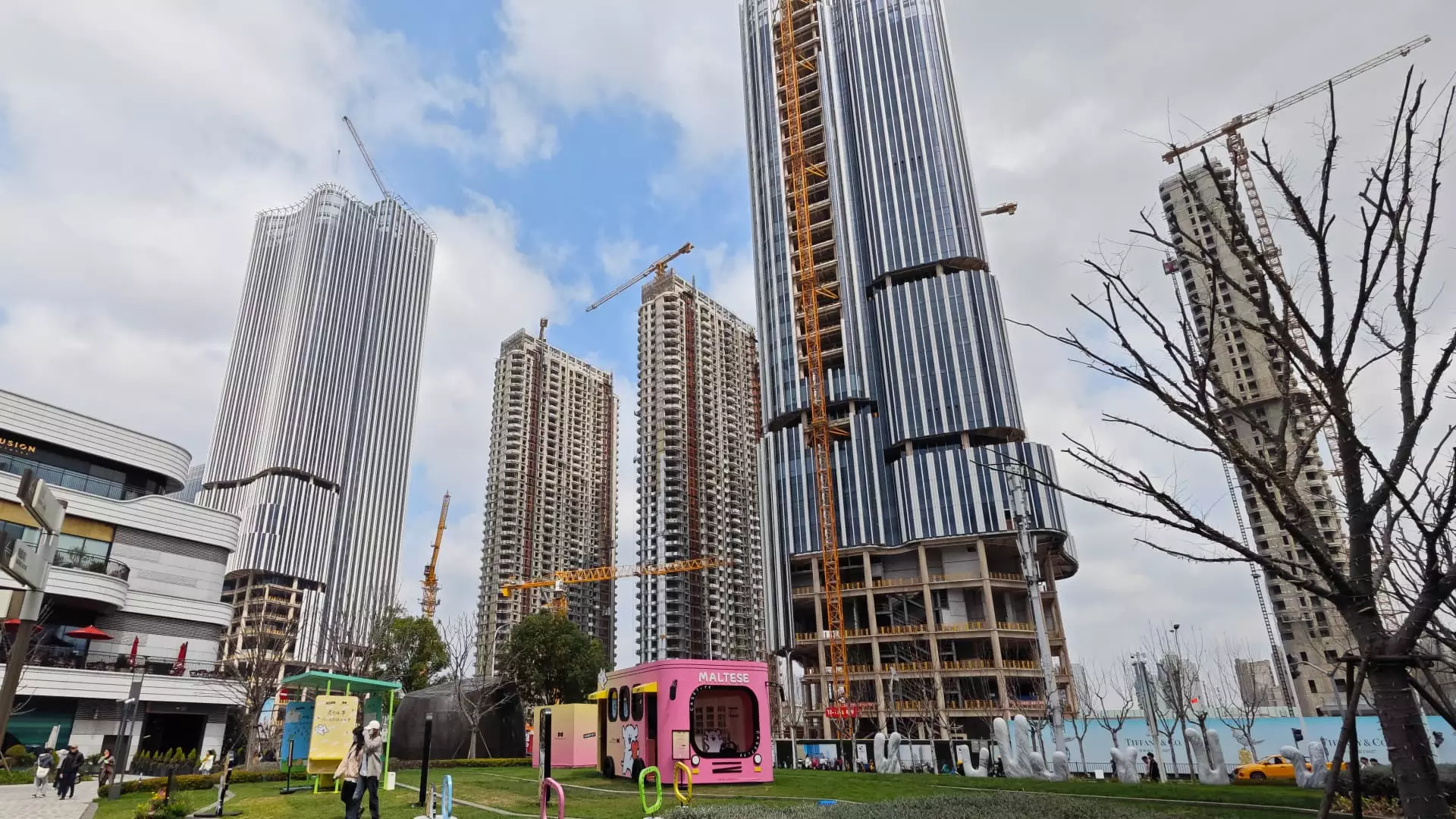The economic data reported by China for the first two months of the year surpassed analysts’ expectations in various key areas. Retail sales increased by 5.5%, beating the forecasted 5.2% rise, while industrial production saw a significant growth of 7%, compared to the estimated 5% increase. Fixed asset investment also rose by 4.2%, exceeding the predicted 3.2% growth. These positive numbers may indicate a potential economic recovery and stability in China’s market.
Online Retail Sales and Real Estate Investment
Online retail sales of physical goods experienced a notable increase of 14.4% from the previous year during the first two months of the year. However, investment into real estate fell by 9% during the same period. This decline in real estate investment may raise concerns about the stability of this sector and its impact on the overall economy.
On the other hand, investment in infrastructure rose by 6.3%, while investment in manufacturing increased by 9.4% during the same time frame. These growth rates in infrastructure and manufacturing investments could potentially drive economic development and create opportunities for further expansion in these sectors.
In China, economic figures for January and February are typically combined to account for variations caused by the Lunar New Year. This national holiday, which can fall in either month depending on the calendar year, results in the closure of factories and businesses for at least a week. Despite this annual disruption, the economic data for the first two months of the year reflected positive trends in various sectors.
While the economic data exhibited some positive indicators, there are also challenges and areas of concern that need to be addressed. Retail sales did not rebound as strongly as expected post-pandemic, indicating consumer uncertainty about future income. Additionally, new loans in February fell short of expectations, highlighting potential issues with household borrowing. The weakening property transactions and low consumer sentiment may continue to affect the economy negatively.
Monetary Policy and Real Estate Market
To address these challenges, the People’s Bank of China Governor Pan Gongsheng mentioned the possibility of cutting the reserve requirement ratio to stimulate economic growth. This potential monetary policy easing could provide much-needed support to the economy. However, the real estate market, which plays a significant role in household assets, has experienced a decline in recent years due to Beijing’s efforts to reduce developers’ reliance on debt for growth. The average property price for major Chinese cities saw a decline in February, indicating ongoing challenges in the real estate sector.
Focus on Manufacturing and Technological Development
During an annual parliamentary meeting, Chinese authorities emphasized the country’s focus on developing manufacturing and technological capabilities, rather than providing significant new support to the real estate sector. This shift in focus towards manufacturing and technology indicates China’s long-term strategy for economic growth and development.
China’s exports for January and February surpassed expectations with a 7.1% increase in U.S. dollar terms, while imports also saw growth of 3.5% during the same period. These export and import trends may indicate the resilience of China’s economy in the global market despite challenges in other sectors.
China’s economic data for the first two months of the year demonstrated a mix of positive indicators and challenges. While certain sectors like infrastructure and manufacturing showed growth, other areas such as retail sales and real estate investment faced obstacles. The focus on monetary policy easing, manufacturing, and technology development highlights China’s efforts to navigate through economic uncertainties and drive sustainable growth in the long run.


Leave a Reply